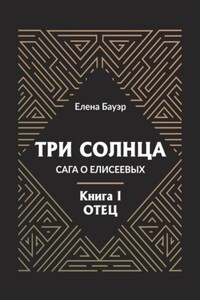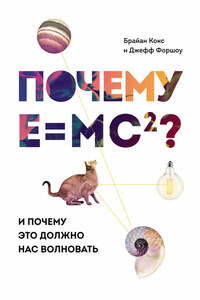HarperElement
An imprint of HarperCollinsPublishers 1 London Bridge Street London SE1 9GF
www.harpercollins.co.uk
and HarperElement are trademarks of HarperCollins
Publishers Ltd
FIRST EDITION
All illustrations © Andy Paciorek, except “Cerne Giant” (see Cerne Abbas) and “Spiral” (see Spiral) by Rodney Castleden
© Rodney Castleden 2013
All rights reserved under International and Pan-American Copyright Conventions. By payment of the required fees, you have been granted the nonexclusive, non-transferable right to access and read the text of this e-book on screen. No part of this text may be reproduced, transmitted, downloaded, decompiled, reverse engineered, or stored in or introduced into any information storage retrieval system, in any form or by any means, whether electronic or mechanical, now known or hereinafter invented, without the express written permission of HarperCollins e-books.
Find out about HarperCollins and the environment at www.harpercollins.co.uk/green
Source ISBN 9780007929795
Ebook Edition © JANUARY 2013 ISBN: 9780007519439
Version 2017-08-10
This book is dedicated to a people who, over many centuries, have been misunderstood and frequently misrepresented.
The harp that once through Tara’s halls
The soul of music shed,
Now hangs as mute on Tara’s walls
As if that soul were fled.
So sleeps the pride of former days,
So glory’s thrill is o’er,
And hearts, that once beat high for praise,
Now feel that pulse no more.
The Irish poet Thomas Moore (1779–1852)
PREFACE
“SO SLEEPS THE PRIDE OF FORMER DAYS”
This book is an attempt to explore the entire spectrum of Celtic culture. Each of us carries, sometimes consciously, sometimes unconsciously, a particular image of the Celts and their culture. It is like a distinctive and familiar smell or flavor that we recognize as soon as we encounter it.
To some “Celtic” means the soulful, echoing music of harps or bagpipes, or a particularly plaintive style of singing, while to others it means a political movement striving to create—or restore—a regional identity. To some it means modern team games, while to others it means clans and tartans. To some it is a wild, rocky landscape with mist, sea spray, and the roar of breaking waves, while to others it is dissent, tribal warfare, and the world of Braveheart. To some it means ancient legends about dragons, King Arthur, and the Lady of the Lake, while to others it means a lost empire that more than 2,000 years ago spanned Iron Age Europe.
With so many different contemporary takes on Celticness, it will be useful to explore where these ideas have come from. Those who are Celts may want to relive what Thomas Moore called “the pride of former days” and bring that pride into the present, but to do that honorably there is a need to be honest about the past.
One important idea that will emerge from this book is that the nature of Celticness has changed through time, and that means that we need to look at the Celts of 2,000 years ago, look again at the Celts of the Middle Ages, and look yet again at the Celts of today. In order to reach the true nature of Celticness, we have to establish who the Celts were—and who they are.
For many people, the word “Celt” conjures two different images; two quite different personalities. One is hot-blooded, fiery, passionate, quick to take offense, volatile, and argumentative. The other is quiet, nostalgic, thoughtful, contemplative, mystical, and in tune with the natural world and also with the world of the spirit. These are two quite different personalities, but they complement each other. They are the two sides of an ancient Celtic coin: the Janus faces of Celticness.
The Celts have tended to dwell on their past, forever looking back to days of former glories and brooding over past defeats. The ancient and medieval Celts loved to tell stories about their tribes, their leaders, their heroes, and their gods. Sometimes there was a practical value in this. Kings and princes needed to justify their positions of privilege, and their ancestry was an integral part of their title. “I am your king because my father was your king and his father before him…” They needed bards to recite their genealogies so that their subjects were regularly reminded of their lords’ pedigrees. Sometimes these genealogies included glamorous imaginary heroes and the recitation of the family tree developed into entertainment.
Storytelling has always been an important element in the Celtic psyche, and the edge between story and history has always been blurred. But a story, or the complex web of interlocking stories that made up the tribal myth, was what held Celtic society together. Every community needs an idea of itself in order to survive, a clear self-image that makes it possible to tell the difference between itself and other communities. This was why one tribe adopted one totem animal and another tribe adopted a different animal, and why one tribe adopted one species of tree, and another tribe a different species. “We are the elm people.” “We are the oak people. We are different.” That sense of special identity has always been important.








